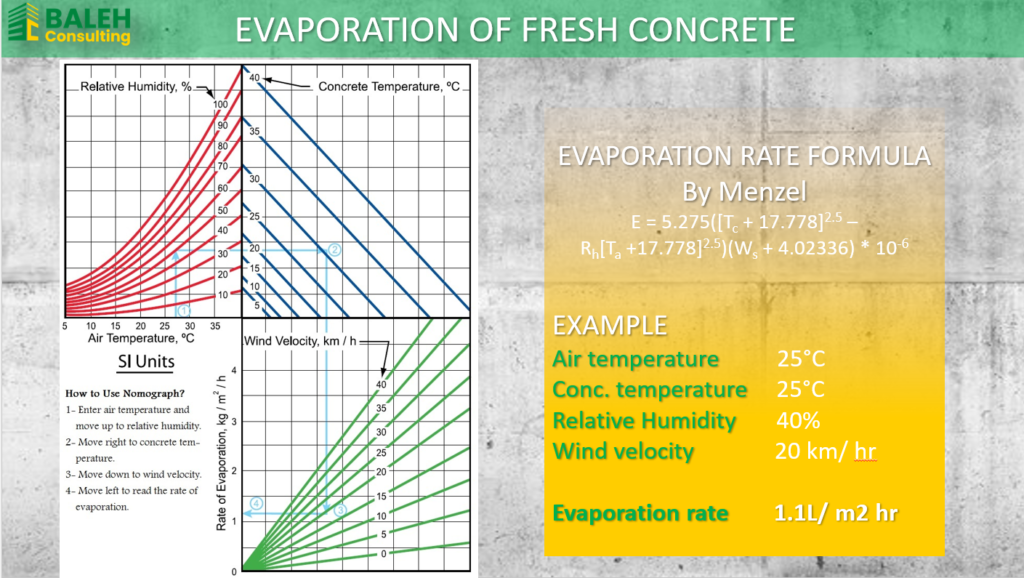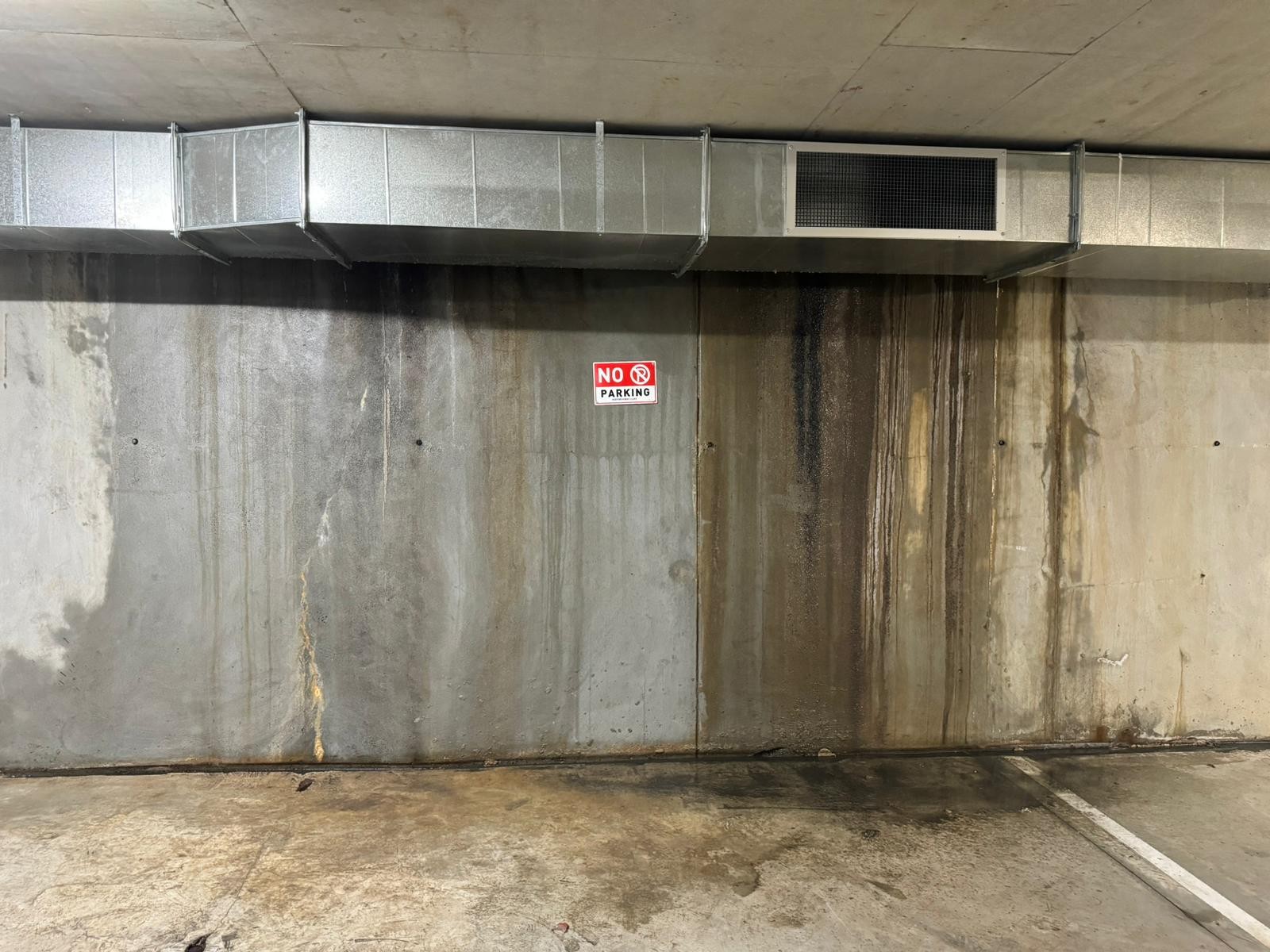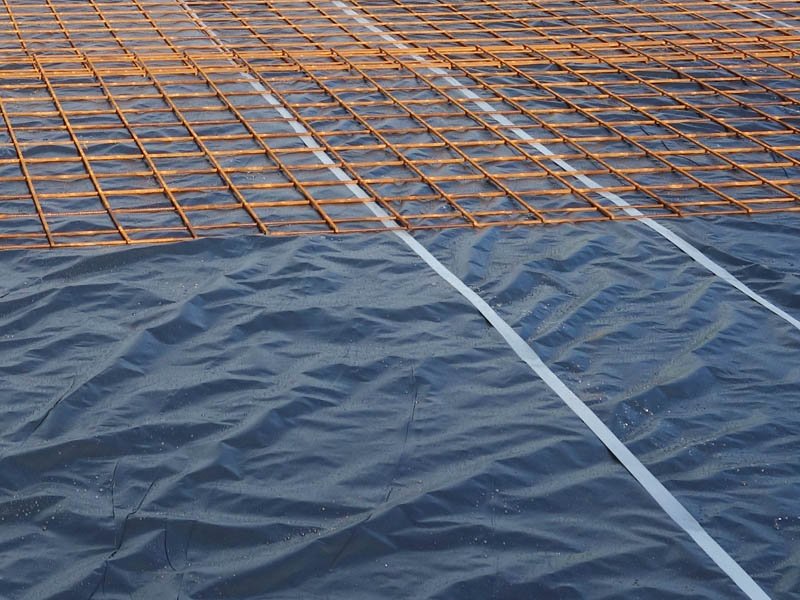HOW TO PREDICT CONCRETE CRACKING?
Did you know that you could calculate and predict the Evaporation Rate (E) of concrete by knowing 4 variables? The values that you need to gather are:
Ta : Ambient Air Temperature.
Tc: Concrete Temperature on the surface.
Rh: Relative Humidity.
Ws : Wind Velocity.
The values above can be injected into the equation below to determine the Evaporation Rate.
E = 5.275([Tc + 17.778]2.5 – Rh[Ta +17.778]2.5)(Ws + 4.02336) * 10-6
The Evaporation Rate value is usually around 1 kg/m2 per hour or lower. Precautions must be taken if higher.

Menzel figured it all out by putting together an equation in 1954 and published by PCA in 1955 to determine how critical the concrete evaporation rate is to take the correct measures to optimise the concrete quality. The formula shown in the picture above is a simplified version of Menzel’s developed by Paul Uno, which is now used around the world.
The formula can be used before the concrete pour by predicting the equation’s variables above in advance, or on the day itself using the actual values.

The equation is extremely important for choosing the pour day and time, curing method, concrete mix design, and water/cement ratio. If you are expecting a higher evaporation rate on the day, you need to play with the bleed water (Extra water added into the mix) while monitoring the shrinkage, hence the durability. Playing with the variables cannot be done onsite, but in a lab to design a mix that suits that climate. The extra bleed water will evaporate first before the hydration water while the concrete is gaining tensile strength.
When pouring concrete in dry and hot weather, precautions are needed to prevent rapid, and early drying of the concrete surface. It is important to understand that drying begins when the evaporation rate exceeds the bleeding rate. The environment and the bleeding rate of concrete play a crucial role in concrete drying, hence shrinkage.

For concrete mixes with zero to low bleed rates, the risk of surface drying, and plastic shrinkage cracking can be directly associated with evaporation rates considerably lower than the often-quoted value of 1 kg/m2 per hour, leading to surface tensions in fresh concrete, hence cracking.
Understanding your concrete and how the weather affects it will ensure the best concrete quality.
Whether you are an architect, engineer, builder, developer, university or school lecturer, encourage learning and education. So, if you require a technical presentation to your team in concrete optimisation, waterproofing, or concrete repair, we can provide that service. Book your presentation today.
Written by Hacène Baleh 28/08/2024
To receive new notification of new educational posts:
Follow Hacène Baleh on LinkedIn
Follow Baleh Consulting on LinkedIn














